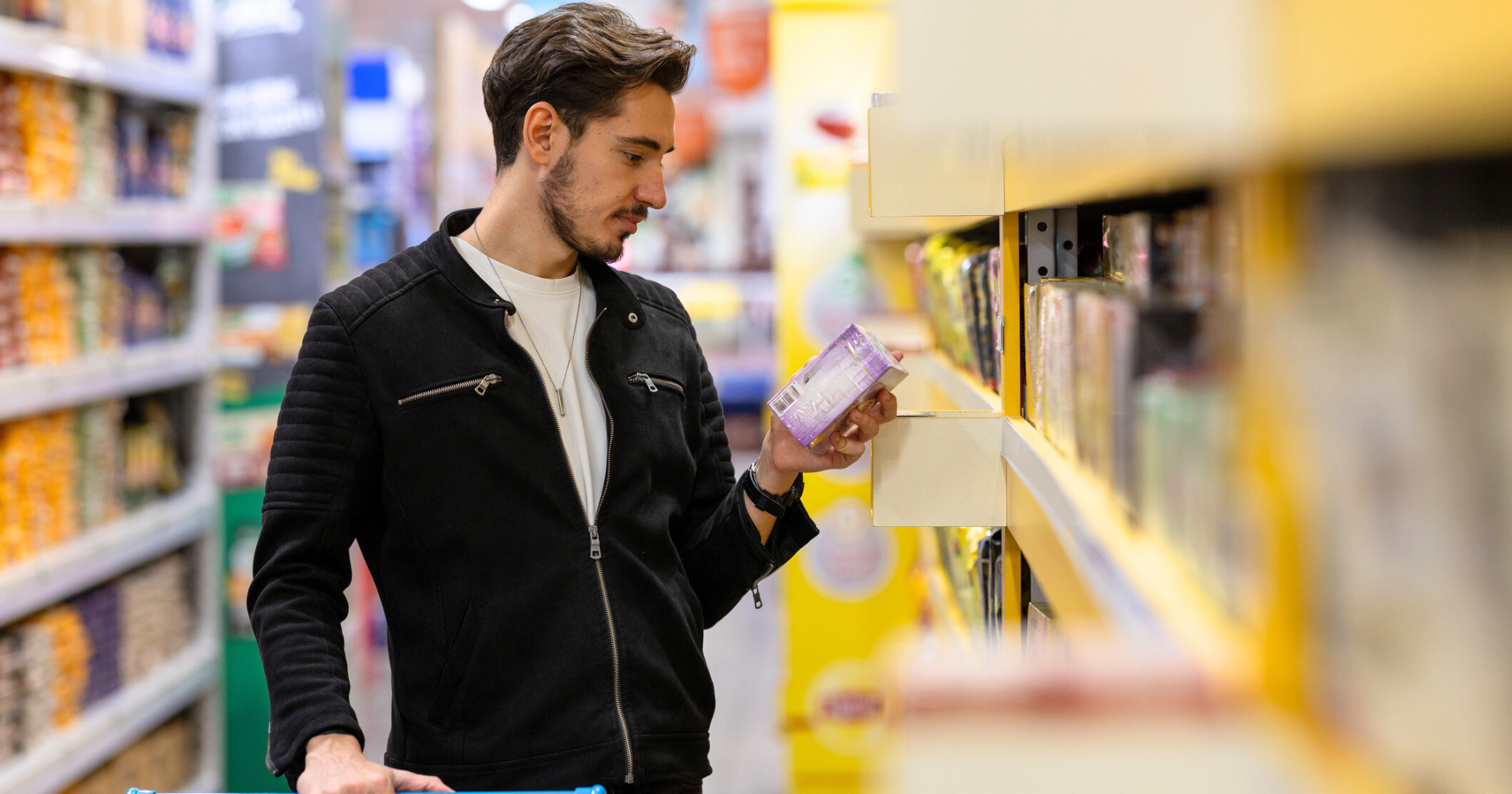Secondary packaging plays a crucial role in the production and delivery of products throughout supply chains. Markedly, it is the layer of packaging that supports and protects primary packaging.
Moreover, contract packagers, contract manufacturers and value-added 3PLs provide various forms of packaging that are designed to group, protect, and enhance the presentation of products. Thus, it is essential for suppliers and customers alike to understand the intricacies of secondary packaging.
Understanding Secondary Packaging Fundamentals
Definition and Purpose of Secondary Packaging
Secondary packaging refers to the additional layer of packaging that holds together multiple units of a product. However, unlike primary packaging, which directly contains the product (such as a bottle or a box), secondary packaging groups these primary packages for easier handling and storage. Moreover, its primary purpose is to provide protection during transit and to facilitate distribution. Additionally, secondary packaging can enhance the presentation of products on retail shelves, making them more appealing to consumers.
In many cases, secondary packaging is meant to be discarded after the product reaches its final destination. However, some businesses use it for branding purposes, ensuring that their products stand out in a crowded marketplace. Further, this added layer of packaging can help in organizing products, making it easier for retailers to stock and display items. Additionally, secondary packaging can provide essential information to consumers, such as product details, usage instructions, and safety warnings.
In addition, secondary packaging materials can significantly impact sustainability efforts. Many companies now opt for eco-friendly options, such as recyclable or biodegradable materials, to reduce their environmental footprint. Subsequently, this shift not only appeals to eco-conscious consumers but also aligns with global trends towards sustainable packaging. As a result, businesses are increasingly investing in designs that not only protect the product but also promote a greener image.
Distinguishing Between Primary, Secondary, and Tertiary Packaging
It is important to understand how secondary packaging differs from primary and tertiary packaging. Primary packaging is the first layer that comes into direct contact with the product. Specifically, this includes items like bottles, jars, or pouches. Secondary packaging groups these primary packages together, often using boxes or cartons.
However, tertiary packaging is used for bulk handling and storage. As a result, end consumers typically do not see it. Pallets, crates, and shipping containers are examples of tertiary packaging. Lastly, each layer of packaging serves a distinct purpose, and understanding these differences can help businesses make informed decisions.
Additionally, the integration of technology into packaging, such as QR codes and RFID tags, is becoming more prevalent, allowing for better inventory management and tracking. As a result, this technology not only enhances efficiency but also provides valuable data to inform future packaging decisions.
Common Types of Secondary Packaging Solutions
Cardboard Boxes, Cartons, and Display Packaging
One of the most common forms of secondary packaging is the cardboard box. These boxes are versatile, cost-effective, and can be easily customized to fit various products. Accordingly, they provide excellent protection during shipping and can be designed to enhance visibility. Moreover, cardboard boxes can also be used for display purposes, allowing retailers to showcase products in an organized and appealing manner. The ability to print high-quality graphics on cardboard means that brands can create eye-catching designs that resonate with consumers.
Cartons are another popular option for secondary packaging. They are often used for products such as cereals, snacks, and beverages. Additionally, cartons can be printed with vibrant graphics and information, making them an effective marketing tool. Moreover, display packaging, which is designed to be placed directly on retail shelves, can attract consumer attention and encourage impulse purchases. The structural design of cartons can also be optimized for stacking and storage by contract packagers, maximizing space efficiency. Furthermore, innovations in carton design, such as easy-open features and resealable closures, can lead to increased customer satisfaction.
Shrink Wrap, Bundling, and Multi-Pack Solutions
Shrink wrap is a widely used method for secondary packaging, particularly for products that need to be bundled together. Specifically, this process involves wrapping a plastic film around a group of items and then applying heat to shrink the film tightly around the products. Shrink wrap supplied by co-packers not only provides protection but also allows for a clear view of the product. This transparency can help consumers make informed purchasing decisions, as they can see the product’s quality and features without opening the packaging. Additionally, shrink wrap can be used to combine products in creative ways, such as pairing complementary items together, which can enhance cross-selling opportunities.
Bundling is another effective secondary packaging solution that involves grouping multiple products together, often at a discounted price. This strategy can increase sales by encouraging customers to try new products. Multi-pack solutions, such as six-packs of beverages or multi-packs of snacks, are also popular in the retail environment. These options can enhance convenience for consumers while optimizing shelf space for retailers. The psychological appeal of bundling also plays a significant role: consumers often perceive bundled products as offering greater value. Moreover, brands can leverage seasonal bundling strategies, such as holiday-themed packs or back-to-school bundles, to capitalize on specific shopping trends and consumer behavior patterns, further boosting sales during peak shopping periods.
The Strategic Importance of Secondary Packaging
Brand Identity and Marketing Opportunities
Secondary packaging offers significant opportunities for businesses to establish and reinforce their brand identity. The design, colors, and graphics used on secondary packaging can communicate a brand’s values and personality. This visual representation is crucial in a competitive market where consumers are often overwhelmed by choices.
Effective secondary packaging can also serve as a marketing tool, providing valuable information about the product and enticing consumers to make a purchase. Eye-catching designs and informative labels can help differentiate a product from its competitors, ultimately influencing consumer behavior. Furthermore, sustainable packaging options can resonate with environmentally-conscious consumers, enhancing brand loyalty.
In addition to visual appeal, secondary packaging can also tell a story. Brands can use this space to share their mission, the sourcing of their ingredients, or the craftsmanship behind their products. For example, a company that prides itself on using organic materials might include a brief narrative about their farming practices or partnerships with local growers. This not only engages consumers but also builds a deeper connection, allowing them to feel part of the brand’s journey. Furthermore, interactive elements such as QR codes can lead consumers to additional content, such as videos or websites, enhancing their overall experience and providing further insight into the brand.
Protection, Distribution, and Supply Chain Efficiency
Beyond marketing and branding, secondary packaging plays a vital role in protecting products during transit and storage. It minimizes the risk of damage to primary packaging, ensuring that products arrive at their destination in optimal condition. This is particularly important for fragile items or products with a limited shelf life.
Moreover, secondary packaging contributes to supply chain efficiency. Grouping products together through the services of co-packers, contract manufacturers or value-added 3PLs can simplifiy handling and transportation, reducing labor costs. Efficient packaging solutions can also optimize storage space, allowing businesses to maximize their warehouse capacity and minimize transportation costs.
Additionally, the choice of materials used in secondary packaging can significantly impact the overall efficiency of the supply chain. For instance, lightweight materials can reduce shipping costs, while durable options can provide better protection against moisture or temperature fluctuations. Furthermore, companies are increasingly exploring innovative materials, such as biodegradable plastics or recycled cardboard, which enhance protection and align with sustainability goals. Lastly, this strategic choice also reflects a commitment to environmental stewardship, which can be a powerful selling point for eco-savvy consumers.
In conclusion, secondary packaging is more than just an additional layer of protection: it is a strategic component of product marketing and supply chain management. By understanding its fundamentals and importance, businesses can leverage secondary packaging to create a lasting impression on consumers.
Optimize Your Secondary Packaging Operations with Nulogy
Nulogy’s purpose-built contract packaging software is designed to reduce costs and improve throughput and data accuracy. With Nulogy, optimize your secondary packaging services to improve customer satisfaction and drive new business.
Contact us or request a demo today to discover how we can help you optimize your plant operations and accelerate business growth.



